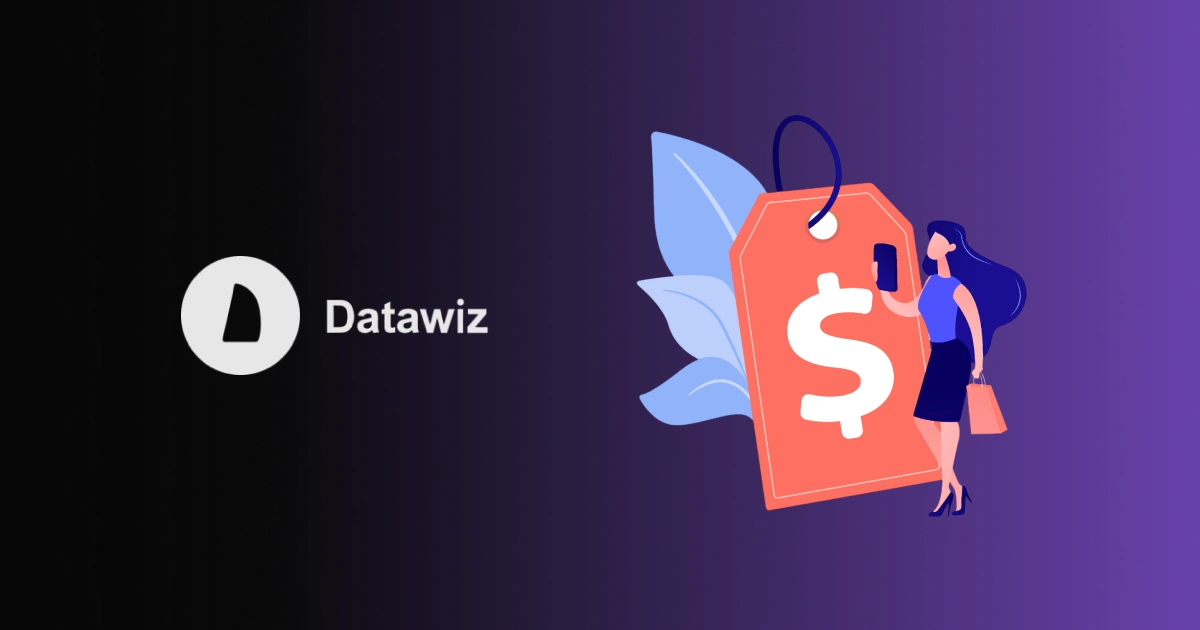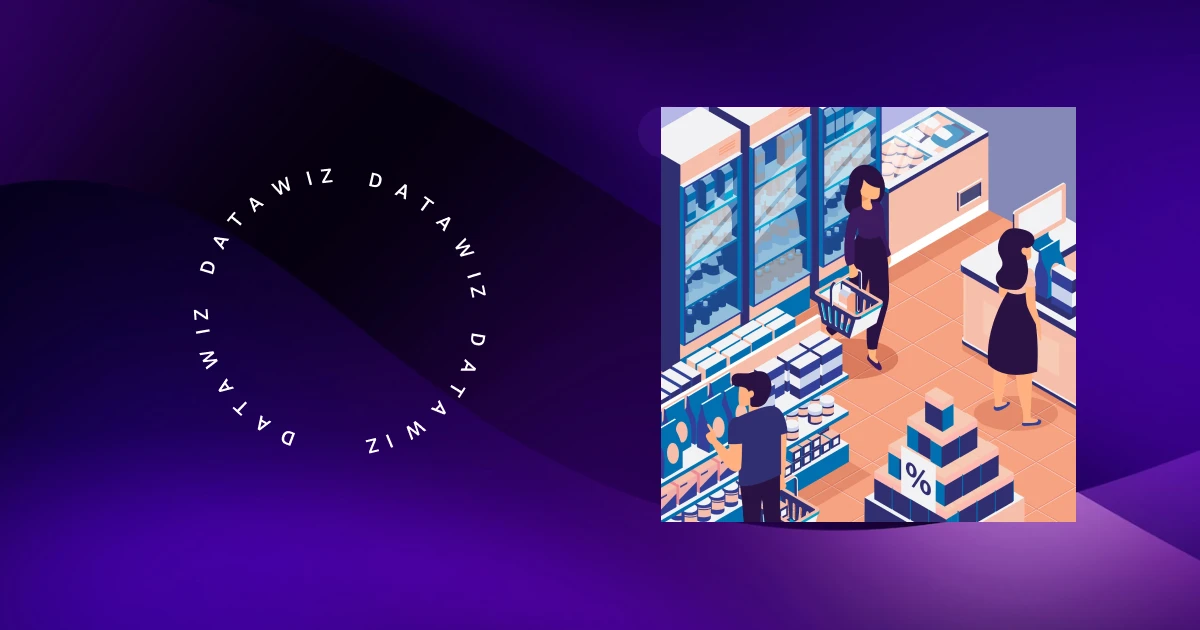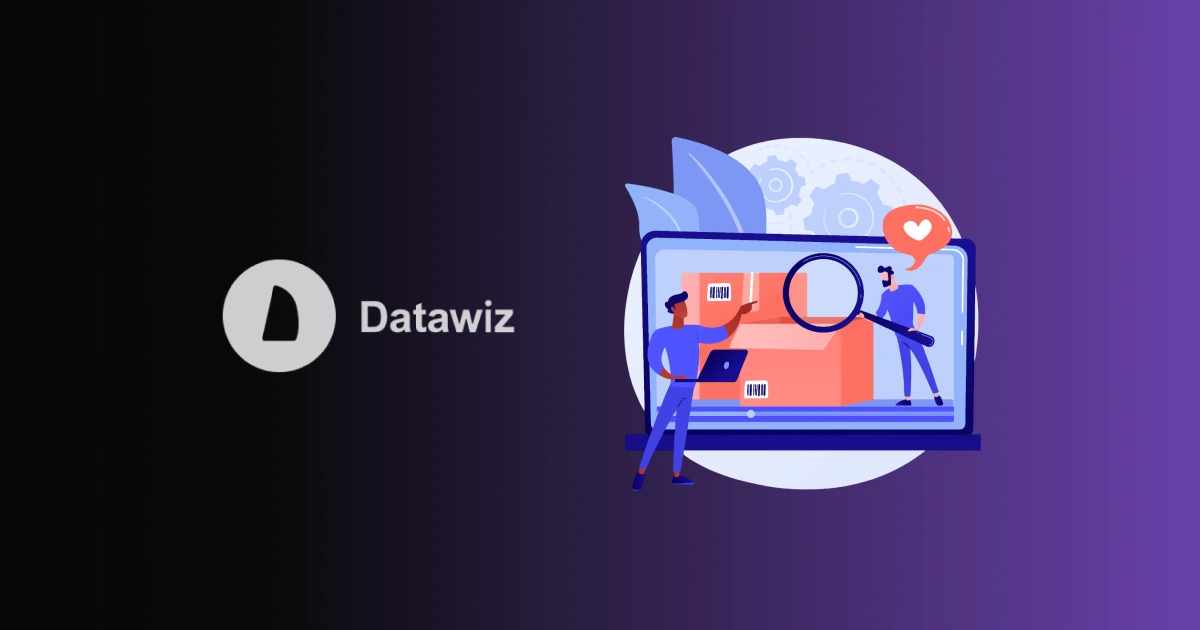Predictive (forecasting) analytics for retailers
Predictive analytics in retail uses Big Data and AI (artificial intelligence) algorithms, data on consumer behavior. With the help of mathematical models, such analytics reveals patterns in customers' behavior and predicts their behavior in the future. This helps to optimize business processes in retail.

There are challenges in handling the growing amount of customer data and making that data work in your favor.
In this article, we will introduce you to 10 predictive analytic models in three categories: probabilistic models, clustering models, and collaborative filtering. Each of them helps to increase revenue while satisfying customer needs through targeted and segmented marketing.
Probabilistic modeling
Probabilistic modeling is the first thing people think of when they hear the term predictive analysis. It predicts future customer behavior. This category includes the following models:

1. Determining customer lifetime value (CLV)
Algorithms determine how long a customer will stay with your company. You already receive a lot of valuable information about the client from the moment of the first purchase: email, demographic and geographical characteristics.
By comparing a new customer with an existing one, you can accurately predict its lifetime value. This kind of information is very useful, it helps to make and implement strategically important marketing decisions.
Using the results of customer lifetime value analysis, it makes sense to invest in those marketing campaigns that will bring you more value.
2. Identification of potential customers
This model calculates the probability that a customer will click on a link in the received email. No marketer wants to annoy their customers and motivate them to unsubscribe from the mailing list.
By using the lead generation model, you can send more targeted emails to the customer, thereby reducing the number of unsubscribes and increasing the conversion.
3. Determination of the probability of the first purchase
This model evaluates potential customer data, such as clicks on email and interaction with the site, to determine who and how ready to make the first purchase.
With such information, you can change the discount system and generate profitable offers to increase profits. Customers who are ready to buy from you do not need to offer large discounts. But, after all, there are still customers who are hesitant to buy or not, waiting for more tempting offers.
4. Determining the probability of the next purchases
Once a customer has made their first purchase, your goal is to increase turnover and profit from future purchases.
This model evaluates first purchases to identify customers who are willing to continue buying from you. It provides an opportunity to identify customers who need incentives in the form of gifts or discounts.
Clustering Models
Clustering here is customer segmentation. Cluster analysis segments the customer database by taking into account many more variables than a human could. Two clusters can differ in 30 or more indicators, these differences are called the "DNA" of the cluster.
Common cluster analysis algorithms are consumer behavior analysis, basket analysis, and brand preference analysis. Let's get into details.

1. Analysis of buying behavior
This algorithm analyzes how customers behave when they are making a purchase.
Do they use a website or call center? Do they buy more during promotions and discounts? How often do they buy? How much are they spending? What is the purchase frequency?
The analysis of consumer behavior helps to choose the right channel of communication with the client.
For example, customers who buy discounted products only are more likely to be interested in participating in sweepstakes at low prices. In contrast, customers who usually purchase full-price products are ideally placed to participate in promotions to promote a new product line.
2. Basket Analysis
This cluster analysis algorithm groups customers based on what categories of products they buy.
Market basket analysis is useful when you decide which products to offer to a particular group of customers on the trading floor or via SMS/email distribution.
3. Brand preferences analysis
This algorithm determines which brands customers prefer. When a brand releases a new product, it is important to understand which of its customers will be interested.
Brand preference analysis provides more insight into products that your customers may be interested in.
Collaborative filtering
In marketing, collaborative filtering models are referred to by the general term “recommendations”. These recommendation algorithms became popular thanks to Amazon with its offers of this kind: "If you like this product, you may like the following products ...".

There are three basic types of recommendations:
- Up-sell recommendations;
- Cross-sell recommendations;
- Next-sell recommendations.
1. Up-sell recommendations
These recommendations apply to customers at the moment of purchase: online shopping, via call center, or directly in-store.
A classic example is the package deals at McDonald's. And such examples can be found in every industry. You can offer a larger package or promotion for a single item at a more attractive price.
Most up-sell recommendations are tied to a specific SKU and form offers for the purchase of related products along with key ones.
2. Cross-sell recommendations
Unlike up-sell recommendations, which offer related products to key products, cross-sell recommendations are designed to suggest other products that will be bought with top-selling products.
Cross-sell recommendations are formulated as follows: "a customer who buys such products is inclined to buy the following items…". If a customer agrees to follow the cross-sell guidelines, you can offer them a small discount. Like upsell, cross-sell recommendations take into account the determination of the product line. As a result, for each product, an additional product is offered for cross-selling.
3. Next-sell recommendations
These recommendations are formed after the customer has made a purchase. The result of these recommendations is expressed in the form of a thank-you letter or a letter of purchase confirmation. Next-sell recommendations are individual for each client and take into account all client information.
An example of using post-sales recommendations is described in the book "Data-Driven Marketing: The 15 Metrics Everyone in Marketing Should Know" by Mark Jeffery.
The book tells how a hardware hypermarket, using customer data, found out that customers who build summer terraces or gazebos will soon think about buying a grill or barbecue. The hypermarket then launched a follow-up campaign, inviting these customers to buy a grill after they bought everything needed to build their summer terraces.
Get more out of your retail data by applying these models.
Predictive analytics models have potential and are of great value, but only if you link them to your daily marketing campaigns. Integrate a predictive analytics platform with your marketing delivery system. Link it to an email service, website, call center, and/or cash register.
It is better to start by integrating one working model that will help you run an effective marketing campaign than to apply all 10 models at the same time, without knowing which one to choose for predictive analysis.
 Co nowego?
Co nowego?




 Nie potrzebna karta bankowa!
Nie potrzebna karta bankowa!